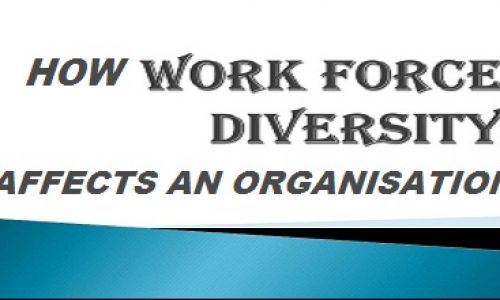India is ranked 103 (in a survey of 144 countries) globally on the metric of wage equality, highlighting how far behind the nation is when it comes to paying fairly to the two sexes. According to the World Economic Forum, women earn 57 per cent of what their male counterparts earn for performing the same work. The Monster Salary Index 2016, upon analysing its dataset of candidates, found that women in India earn 25 per cent less than men. An average man’s gross hourly salary was found to be much more than a woman’s gross hourly salary.
The gender pay gap, over the years, has been consistent and fluctuated in a very zigzag pattern. No real trend in terms of a steady (even if slow) reduction in the gap has been witnessed.
If one were to look deeper at the problem, the real issue may not be with equal pay for equal work and more to do with women representation in high paying jobs or in senior positions. With average compensations increasing every year (that too exponentially for higher ranks), an increased imbalance in the representation of men and women skews the average wage in favour of men.
Even a just and fair increment in salaries and equal pay for equal work will not close the gap if women are under-represented in higher paying roles. It will continue to increase the gap.
As one starts looking up the professional development ladder, the number of women steadily starts decreasing. The gap between men and women widens further for business leaders, leadership and business owners.
While there is a pressing need to create a more balanced and equally represented workforce, it is also important to look at the picture holistically. There can be three distinct circumstances behind less women at senior positions:
* Women are not given fair chances.
* Women are given equal chances, but they choose to not take up certain roles due to societal constructs (such as childcare, being the homemaker in parallel to work, etc.)
* Women choose not to take those roles and it is an independent conscious decision not influenced by societal constructs.
Organisations have complete control and are solely accountable on the first pointer. It is their duty to be balanced and fair, keep all unconscious biases out while hiring, engaging, coaching, and assessing individuals.
The third pointer is a noteworthy mention, and something that is often overlooked by gender equality advocates. Sometimes, women make conscious choices of not climbing up the career ladder, choices which are their own and not dictated by social constructs.
Albeit, the line between pointer 2 and 3 is extremely thin. It isn’t easy to distinguish whether the decision to not go higher up the ranks is an independent one, or is being taken because of the existing social constructs and constraints. In this situation, what organisations can do is sensitise the workforce and create an environment conducive to helping women grow and take up leadership positions.
Maybe India can take cue from Britain’s legislation making it mandatory for medium-to-large employers to publish data on the pay gap between their male and female workers.
Courtesy: www.peoplematters.in



